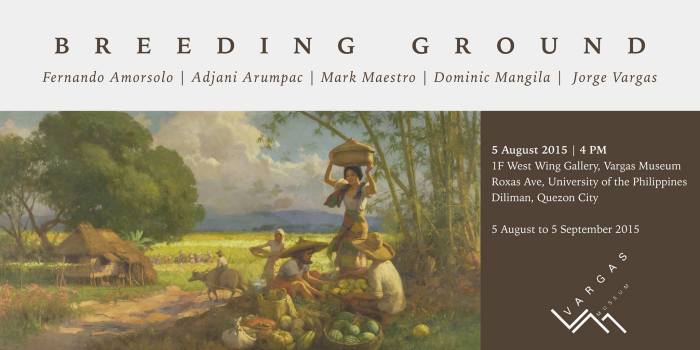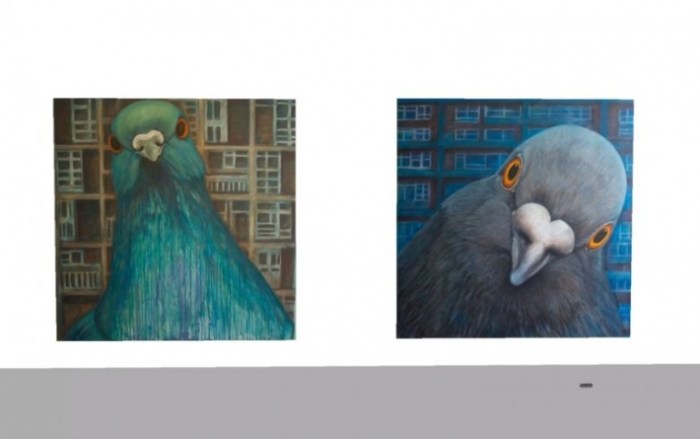Area where rabbits breed – In the tapestry of nature, rabbits play a vital role, and their breeding areas are a fascinating subject of exploration. These secluded sanctuaries, carefully chosen and meticulously constructed, offer a glimpse into the intricate lives of these enigmatic creatures.
From the sprawling meadows to the dense undergrowth, rabbits seek out specific habitats that provide the ideal conditions for their reproductive success. Understanding the characteristics, environmental influences, and nesting habits of rabbits deepens our appreciation for the complexities of the natural world.
1. Overview of Breeding Areas
Rabbits are known to breed in specific areas that provide suitable conditions for their nesting and reproductive activities. These areas typically exhibit certain characteristics that influence the rabbits’ choice of breeding location.
Environmental factors such as vegetation cover, shelter, and access to food and water play a significant role in determining the suitability of breeding areas. Rabbits prefer areas with dense vegetation that provides ample hiding places and protection from predators. They also seek areas with access to water sources and an abundance of vegetation for foraging.
Specific examples of habitats where rabbits are known to breed include grasslands, woodlands, meadows, and hedgerows. These habitats offer a combination of vegetation cover, shelter, and food sources that meet the rabbits’ breeding requirements.
2. Nesting Habits and Structures: Area Where Rabbits Breed

Rabbits construct nests for breeding purposes. These nests provide a safe and comfortable environment for the female rabbit to give birth and raise her young. Rabbits build different types of nests depending on the species and the availability of materials in their habitat.
Some rabbits, such as the European rabbit, dig burrows in the ground. These burrows can be extensive, with multiple chambers and entrances. Other rabbits, like the cottontail rabbit, build nests above ground using vegetation and debris. These nests are typically located in dense vegetation or under natural shelters such as rocks or fallen logs.
The materials used in nest construction vary depending on the species and habitat. Rabbits may use grasses, leaves, twigs, and fur to create a soft and insulating lining for their nests.
3. Breeding Behavior and Dynamics

Rabbit breeding behavior involves a series of mating rituals and social interactions. Male rabbits, known as bucks, compete for dominance and access to females. They engage in chasing, fighting, and scent marking to establish their territories and attract mates.
Once a dominant male has established his dominance, he will mate with multiple females within his territory. Female rabbits, known as does, are receptive to mating during specific periods of their reproductive cycle. They exhibit certain behaviors, such as ear wiggling and tail flagging, to indicate their willingness to mate.
Rabbit breeding groups typically have a hierarchical structure, with the dominant male at the top. Subordinate males may have limited access to mating opportunities, and they may engage in same-sex behavior to establish their social status.
Rabbits have relatively short gestation periods, typically around 30-32 days. Litter sizes can vary depending on the species and environmental conditions, with an average of 4-8 kits per litter.
4. Factors Affecting Breeding Success

The success of rabbit breeding is influenced by a combination of environmental and biological factors.
- Environmental factors such as habitat quality, food availability, and predator pressure can impact rabbit breeding success.
- Biological factors such as disease, genetic diversity, and population density can also affect breeding outcomes.
Predators, such as foxes, coyotes, and raptors, can significantly reduce rabbit breeding success by preying on kits and adults. Diseases, such as myxomatosis and rabbit hemorrhagic disease, can also cause significant mortality and reduce breeding success.
5. Conservation and Management

Rabbit breeding areas are important for the conservation of rabbit populations. Protecting and enhancing these habitats is crucial for maintaining healthy and viable rabbit populations.
Management strategies for rabbit breeding areas include:
- Habitat protection and restoration
- Predator control
- Disease management
Successful conservation initiatives have focused on protecting and enhancing rabbit breeding areas. These initiatives have helped to increase rabbit populations and maintain their ecological role in ecosystems.
General Inquiries
What are the key factors that influence the selection of breeding areas by rabbits?
Rabbits prioritize areas with abundant food sources, adequate shelter, and protection from predators and extreme weather conditions.
How do rabbits construct their nests?
Rabbits dig burrows or build nests using materials like grass, fur, and leaves. The nests provide a safe and comfortable environment for the mother rabbit and her litter.
What is the significance of rabbit breeding areas for conservation efforts?
Protecting rabbit breeding areas is crucial for maintaining healthy rabbit populations. These areas provide essential resources for reproduction, and their preservation contributes to the overall biodiversity of the ecosystem.
